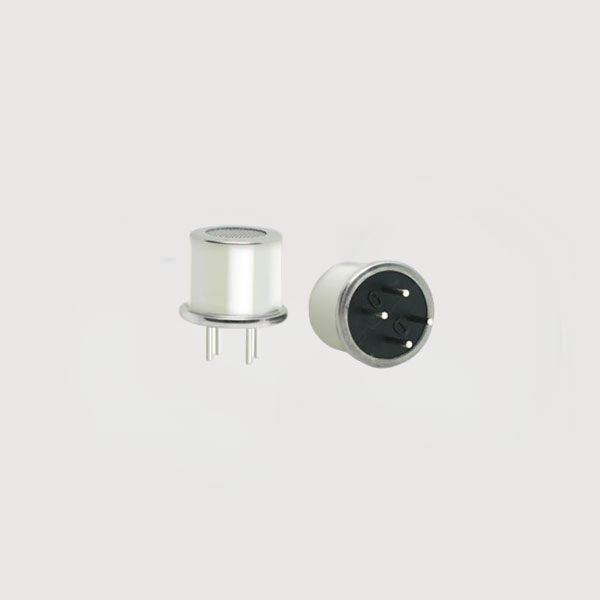

 News
News Industry News
Industry NewsWorking principle of combustible gas alarm
The working principle of combustible gas alarm is based on the principle of gas-sensitive sensor. When the concentration of combustible gas in the environment reaches a certain value, the sensor will convert it into an electrical signal, thereby triggering the alarm.
First, the gas-sensitive sensor will use the chemical properties of the gas to detect the concentration of combustible gas in the sample. If the concentration exceeds the preset alarm value, the sensor will generate a corresponding electrical signal and transmit it to the control circuit of the alarm.
After receiving the electrical signal, the control circuit will perform corresponding processing and judgment. Once it is confirmed that the concentration of combustible gas exceeds the standard, the control circuit will immediately trigger the alarm and send out an audible and visual alarm signal. The intensity and frequency of the alarm signal can be adjusted according to actual needs so that it can effectively attract people's attention in various environments.
In addition, in order to ensure the accuracy and reliability of the alarm, the combustible gas alarm usually also has self-detection and calibration functions. Through regular self-detection and calibration, possible faults or errors can be discovered and repaired in time to ensure that it is always in good working condition.
Why does the combustible gas alarm give false alarms?
In the kitchen, cooking wine, vinegar and other condiments used in the cooking process will produce ethanol and acetic acid. In addition, complex cooking methods such as steaming, boiling and frying lead to consumers often encountering gas alarm false alarm problems in actual applications.
From the perspective of the alarm workflow, problems in each link may lead to incorrect alarm output, which is called false alarm. The cause of the alarm false alarm may be the sensor, or the hardware circuit design and software processing program.
The main reasons for the alarm false alarm caused by the sensor are poor anti-interference performance, poor temperature resistance, poor moisture resistance and poor long-term stability of the sensor. Therefore, choosing a gas sensor with superior performance can directly and effectively reduce the alarm false alarm rate.
Sensor with stronger anti-interference ability ZR07

The hot wire gas sensor consists of two parts: a sensitive element and a compensation element. The compensation element compensates for the influence of ambient temperature and humidity on the output signal of the element to a certain extent, so that the element has excellent anti-interference performance. Compared with traditional types of gas sensors, the reliability of hot wire sensors is greatly improved.
Tensensor's hot-wire gas sensor ZR07 adopts a Mos nano-microporous ultra-stable structure matrix based on grid distribution and pinning bound catalyst doping and loading technology. The product has a stable structure and takes into account the long life of traditional semiconductor gas sensors. It also has excellent performance advantages such as high accuracy, high sensitivity, good linearity, good repeatability, stable output signal, and low false alarm rate.
Tensensor has more than 20 years of experience in gas sensor technology research and development, and has achieved fruitful results in combustible gas sensors. The core key components of the product are independently developed and produced, with controllable quality and obvious cost advantages. At the same time, it has a professional technical team with software, hardware and structural design capabilities, providing one-stop sensor solutions for combustible gas detection needs in different fields.
For more product details and application cases, please contact us~
Web: www.tensensor.com
Email: [email protected]
Tel/WhatsApp: 86 18335818384